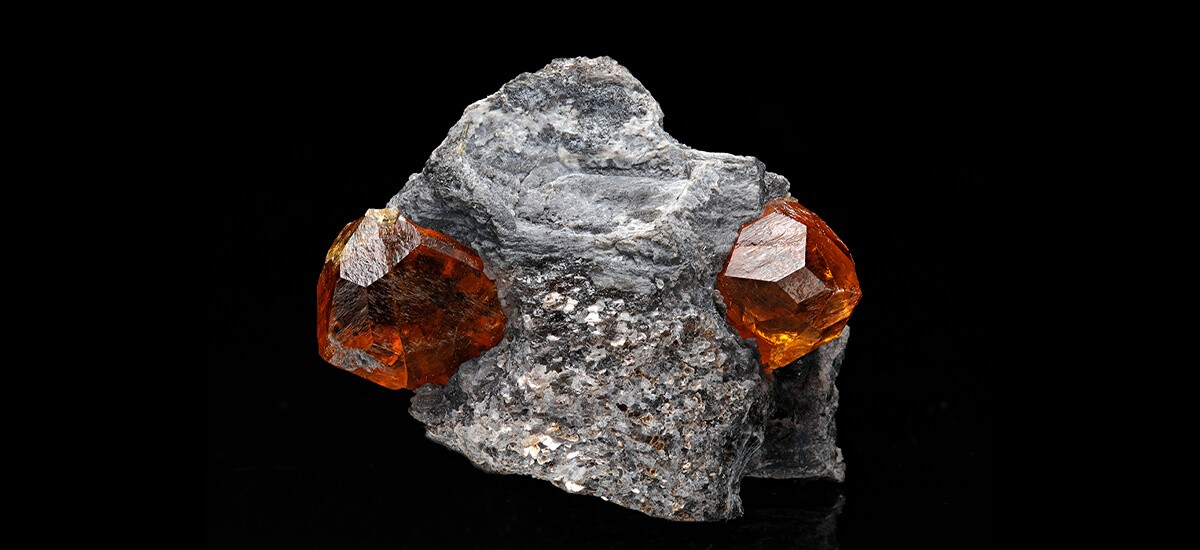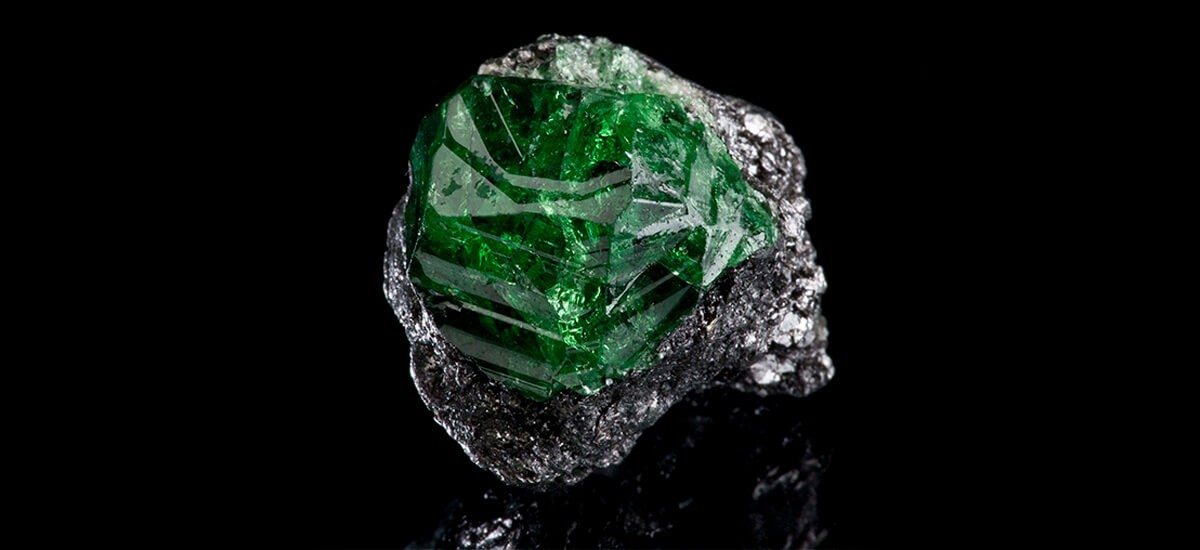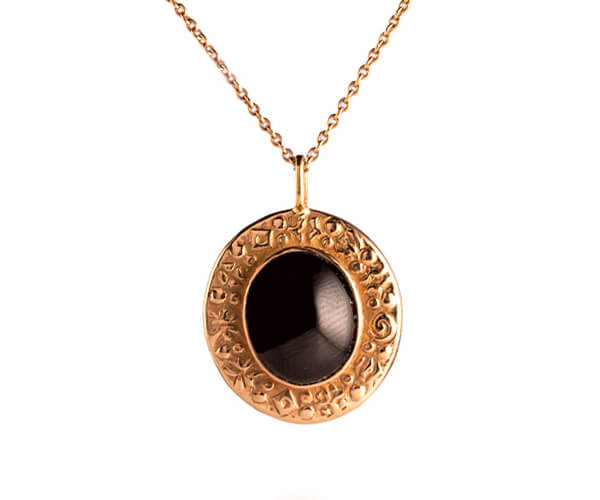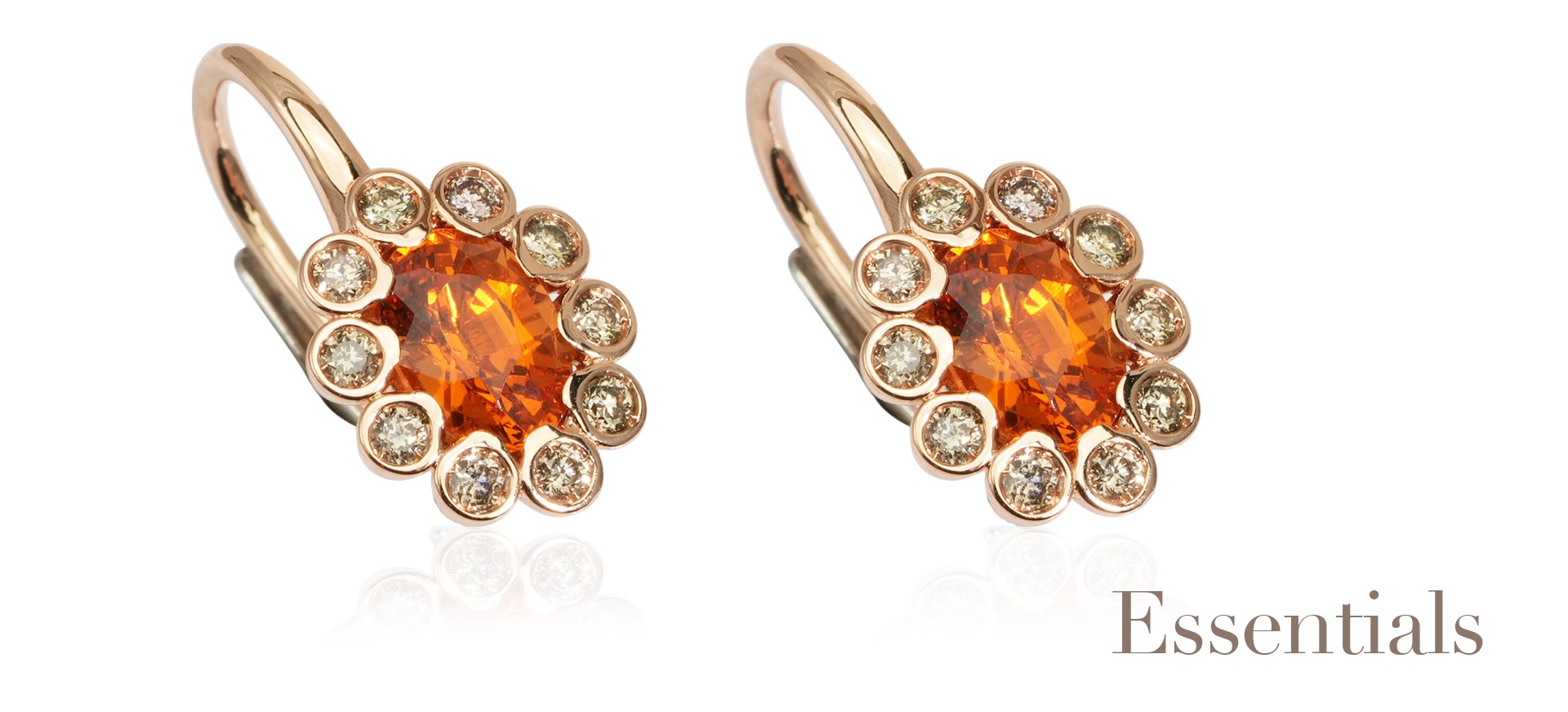The Red Garnet, January’s Gemstone
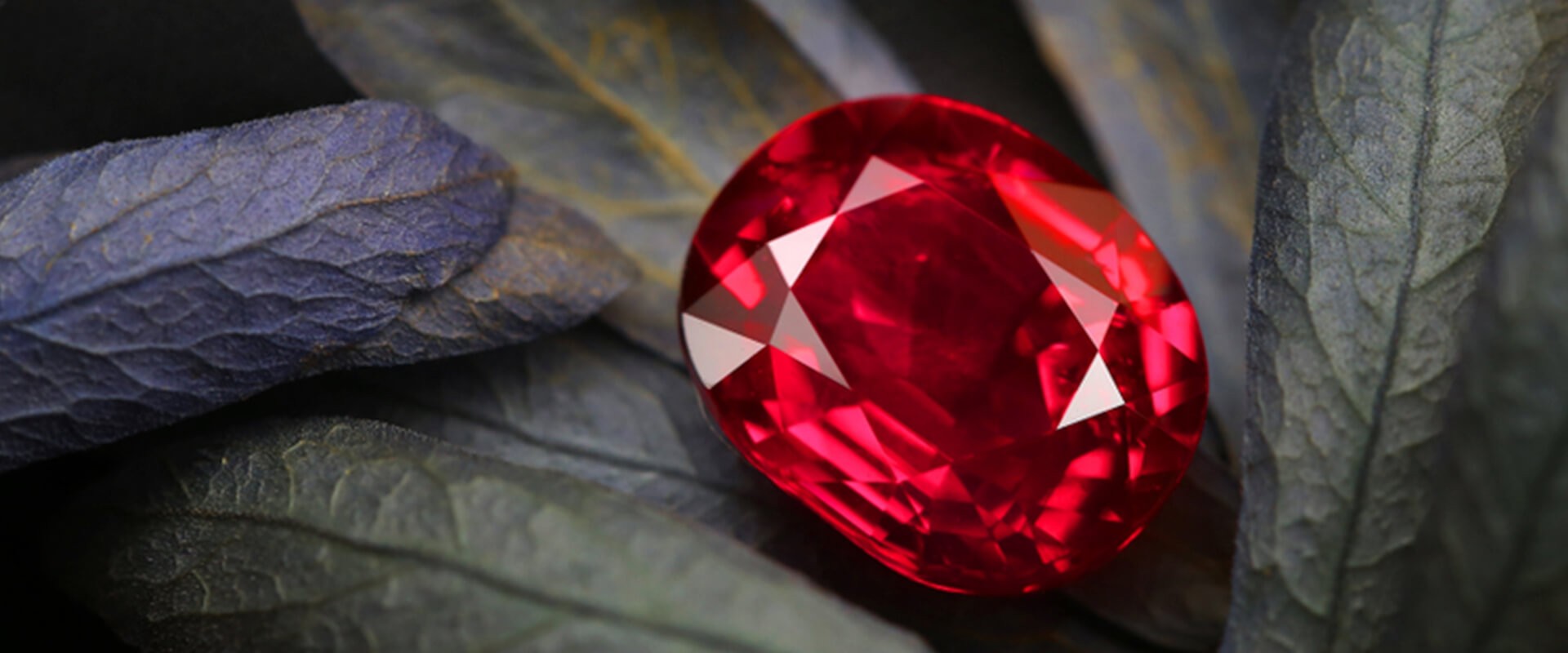
The most common garnets are red in color, but specimens characterized by an extraordinary range of beautiful colors can also be found: orange, yellow, purple and vibrant green. There are even garnets that change color from blue to purple depending on the light.
The best-known variety of garnet, the reddish one, is the Mozambique Rhodolite Garnet which was extracted and worked since ancient times.
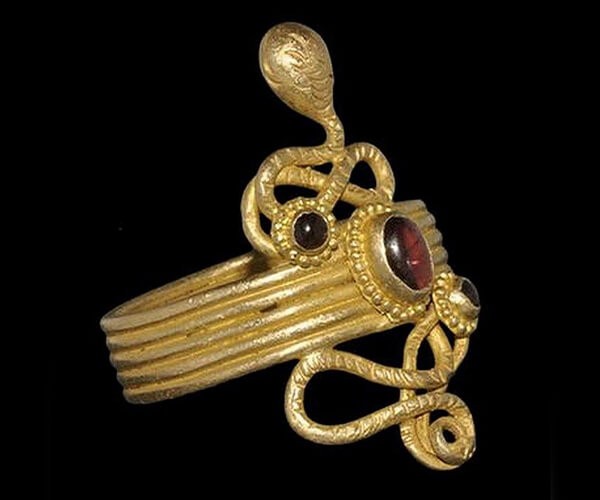
Egyptian bracelet in yellow gold and garnet
This gem, together with ruby and spinel, was known in the Middle Ages as “carbuncle,” the legendary stone that shines in the dark and brings light and hope to souls lost in darkness. Its name derives from the Latin “granatus” (grain or seed) for its round shape and color that resembles pomegranate seeds. For a long time, garnet, due to the light it emanates and that illuminates everything, was given the symbol of faith, truth, chivalry, loyalty and honesty.
Its particular brilliance struck the Vikings so much that it led them to believe that garnet even illuminated the path to Valhalla, while it prompted Muslims to hypothesize that the Fourth Heaven was irradiated with light precisely by this gem. It also seems that garnet was used by Christian crusaders as a protective stone set in their armor and as a symbol of Jesus Christ’s sacrifice. This stone has been known since the Bronze Age as a precious stone and as an abrasive, as it proves to be one of the hardest minerals ever known. Luxurious necklaces studded with red garnets were created to adorn the pharaohs of ancient Egypt.
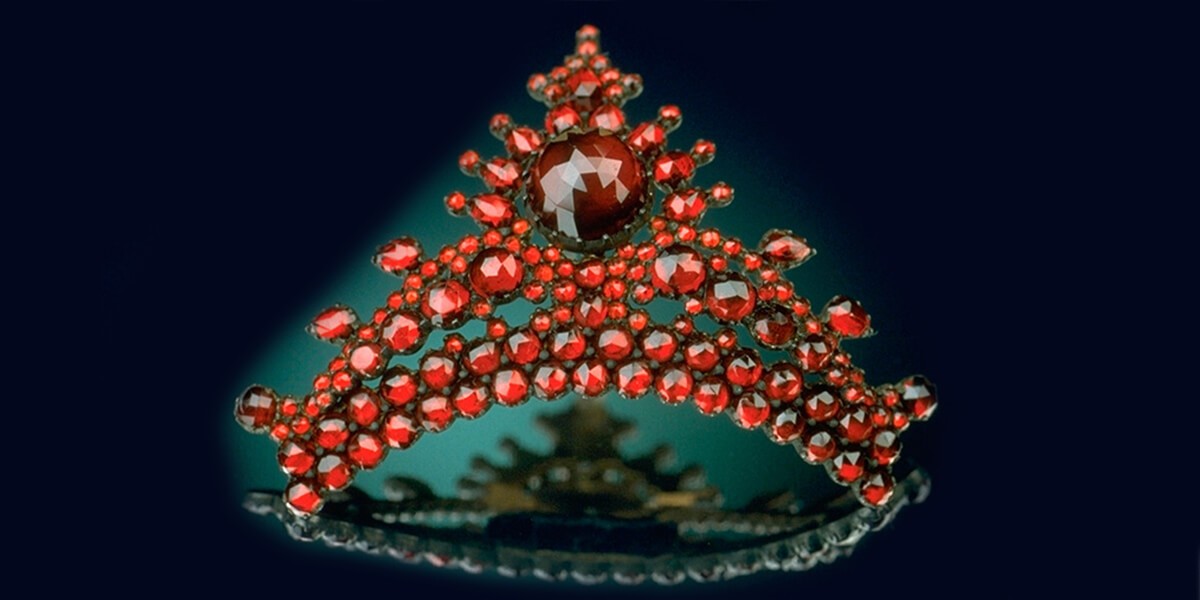
Ancient comb with red garnets
In ancient Rome, instead, they created signet rings with this gem that featured garnet engravings to stamp important documents. One of the most famous objects made of garnet and whose beauty we are fortunate to enjoy is the ancient pyrope hair comb from the Smithsonian. The red garnets that decorate this jewel, similar to a tiara, came from the ancient mines of Bohemia and were the most popular specimens during the Victorian era (1837-1901), the period during which this unique piece was crafted. Garnets come from many different regions and countries. Bohemia, for example, was the main source of red pyrope garnets, while in 19th century Russia it was the green demantoid garnets from the Ural Mountains, highly appreciated by the Russian royal family and used by jeweler Peter Carl Fabergé (1846-1920).
Today the African continent has one of the most flourishing mining deposits: Namibia is the source of a vast quantity of demantoids, while most of the bright green tsavorites on the market come from Kenya, Tanzania and Madagascar. Namibia and Tanzania are very important sites for the extraction of the most precious orange to yellow spessartine garnets. For many years the “Three Little” mining area of southern California has been highly renowned for the discovery of this fascinating gem, considered the stone of “January-born,” of which specimens can also be found in Myanmar, Brazil, Iran, Afghanistan, Pakistan, India and Sri Lanka. The different types of garnet range between 6.5 and 7.5 on the Mohs hardness scale. This means that this lucky stone is more delicate compared to rubies, sapphires and diamonds. For this reason, although not all garnets are good candidates for daily use, they are ideal for creating precious earrings, brooches and pendants.
It is said that garnet is the “stone of health” thanks to its ability to eliminate energy blocks, stimulate metabolism and improve circulation, thereby strengthening the immune and vascular systems. This stone would be able to bring “the spirit of devotion” towards oneself and others in facing moments of great crisis and depression, which is why it is also remembered as the “stone of promise.” Garnet is connected to the “root chakra” and is recommended for those who tend to have their head in the clouds and be poorly grounded in the reality that surrounds them.
